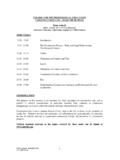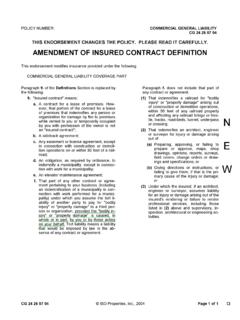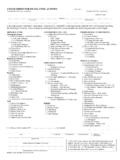Transcription of COMMONWEALTH OF KENTUCKY …
1 COMMONWEALTH OF KENTUCKY construction LAW COMPENDIUM Prepared by J. Mark Grundy Greenebaum Doll & McDonald PLLC 3500 National City Tower 101 South Fifth Street Louisville, KY 40202 (502) 587 3628 The following compendium of construction law in the COMMONWEALTH of KENTUCKY is designed as an overview of basic legal principles and for use as a research tool. It is not meant to be a comprehensive summary of relevant law, nor is to be interpreted as providing legal advice to the reader. I. KENTUCKY FAIRNESS IN construction ACT The KENTUCKY Fairness in construction Act adopted in 2007 by the KENTUCKY General Assembly has modified previous construction law in many significant areas. The practitioner should closely scrutinize the requirements of that act to determine whether it applies to their particular project.
2 The provisions of the KENTUCKY Fairness in construction Act apply to both private and public construction projects, but not to residential construction projects. The Act applies to contracts entered into after the effective date of July 1, 2007. One effect of the Act is allowing costs and attorney s fees to be awarded to the prevailing party if the non-prevailing party is found to have acted in bad faith. Also, the Act caps retainage which can be held to ten percent until half of the work is completed and five percent thereafter, and requires the release of retainage within thirty days of substantial completion (as defined in the Act) of the project. The Act establishes time limits for payments; undisputed amounts due from an owner or Public Authority must be made to a contractor within thirty business days of receipt of a proper request for payment.
3 The time limit is forty-five business days for post-secondary institutions. The Act modifies mechanics lien rights by allowing a Lien Statement to be filed on the latter of (a) 60 days of the last day of the month in which services are provided or (b) by the date of substantial completion; further, upon entry of Judgment under the Act, a contractor on a private contract can obtain a lien against the owner if the lien is filed within sixty days. Significantly, the Act provides that certain types of provisions are null, void, and unenforceable under KENTUCKY construction contract law: (a) any provision that attempts to waive the right of any party to resolve any dispute through litigation, but it does allow binding arbitration as a substitution for litigation; (b) any provision which provides for the advanced waiver of mechanics lien rights; and (c) any No Damages for Delay clause which attempts to waive the right of a contractor or subcontractor to recover costs, time, or damages for delays which are in the control of the owner of the real property or the Public Authority.
4 II. BREACH OF CONTRACT A. Typical breach of contract claims Breach of contract is the most common claim in construction cases, and can be based on any failure by a party to perform material obligations to another, such as failure to pay, bad workmanship, breach of warranty, etc. There must be a valid and enforceable contract between the parties, and basic contract principles apply in this context. For instance, a valid contract requires: the parties must have the legal ability to enter into a contract, the contract must have a legal purpose, the parties must objectively manifest their assent to the contract, and the parties must exchange consideration in the form of promises or actions. In every contract there is an 2 implied covenant of good faith and good dealing.
5 Ranier v. Mt. Sterling Nat l Bank, 812 154 (Ky. 1992). B. Breach of express warranty When a sale of goods is involved, the Uniform Commercial Code provides that the parties can create express warranties in a variety of ways: by making an affirmation regarding the goods at issue where that becomes a part of the basis of the sale, by giving any description of the goods that becomes a part of the basis of the sale, or by using any sample or model of the goods becomes part of the basis of the sale. KRS (1)(a)-(c). These create an express warranty that the goods will conform to the affirmation, description, sample, or model upon which the sale was made. When no sale of goods is involved, a cause of action for breach of an express warranty may be brought as an ordinary breach of contract claim.
6 C. Breach of implied warranty A variety of implied warranties may exist under KENTUCKY construction law. A common law implied warranty of habitability exists in the sale of a new dwelling by a builder, and the major structural features are impliedly warranted to be constructed in a workmanlike manner using suitable materials. Crawley v. Terhune, 437 743, 745 (Ky. 1969). Also, where a project owner provides plans and specifications for instruction, she impliedly warrants to the contractor that they are fit for that purpose. See United States v. Spearin, 248 132 (1918); Culbertson v. Ashland Cement and Constr. Co., 139 792 (Ky. 1911); but see Codell Constr. Co. v. COMMONWEALTH of KENTUCKY , 566 161, 164 (Ky. App. 1977) (discussing disclaimers as to the accuracy of information provided to contractors).
7 In transactions involving the sale of goods, the UCC provides for a variety of implied warranties, including the implied warranty of merchantability in KRS Also, when a seller has reason to know of any particular purpose for which the buyer intends to use the goods, and when the buyer is relying upon the seller s skill or judgment in selecting or furnishing suitable goods, there is an implied warranty that the goods be fit for such purpose. KRS D. Implied contracts Where no actual contract exists, courts may still allow recovery in order to serve the interests of justice by finding implied contracts, contracts implied in fact, and quasi-contracts. Promissory estoppel is where [a] promise which the promissor should reasonably expect to induce action or forbearance on the part of the promise of a third person and which does induce such action or forbearance is binding if injustice can be avoided only by enforcement of the promise.
8 Meade construction Co., Inc. v. Mansfield Commercial Electric, Inc., 579 105, 106 (Ky. 1979). Quantum meruit also may allow recovery where a party furnishes labor, materials, or other services for the benefit of another where it would be unjust for the receiving party to retain 3 those benefits without paying for them. See Guarantee Electric Co. v. Big Rivers Electric Corp., 669 F. Supp. 1371 ( Ky. 1987). III. NEGLIGENCE Negligence is the failure to exercise the reasonable standard of care that a reasonably prudent person would have exercised in a similar situation. Black s Law Dictionary (7th ed. 2000). KENTUCKY courts recognize a cause of action for negligent construction only where the damages suffered arise from a destructive occurrence or a damaging event.
9 Real Estate Marketing v. Franz, 885 921, 926 (Ky. 1994). Mere diminution in value due to a defect is not enough to support a claim of negligent construction , such as where water leaks, warping of flooring, and mold and mildew result from a structural defect. Id. In contrast, the collapse of a stone fireplace onto a child can be a destructive occurrence or damaging event for purposes of a negligent construction claim. Id. (referring to the facts of Saylor v. Hall, 497 2d 218 (Ky. 1973)). IV. FRAUD AND MISREPRESENTATION There are six elements of an intentional fraud claim in KENTUCKY ; these must be proven by clear and convincing evidence. The elements are: (1) defendant makes a material misrepresentation; (2) the misrepresentation is false; (3) the defendant knows at the time of making the misrepresentation that it is false, or the defendant makes the misrepresentation recklessly, without any knowledge of its truth and as a positive assertion; (4) the defendant makes the misrepresentation with the intention of inducing the plaintiff to act, or that it should be acted upon by the plaintiff; (5) the plaintiff acts in reliance upon the misrepresentation; and (6) the plaintiff suffers injury.
10 Sanford construction Co., Inc. v. S & H Contractors, Inc., 443 227, 231 (Ky. 1969). A negligent misrepresentation is also actionable in KENTUCKY under relatively recent case law. In Presnell Constr. Managers, Inc. v. EH Constr., LLC, 134 575 (Ky. 2004), the KENTUCKY Supreme Court adopted the standard for negligent misrepresentation set forth in Restatement Second of Torts, 552. This cause of action arises when one supplies false information for the guidance of others and fails to exercise reasonable care or competence in obtaining or communicating the information. Liability is limited to loss suffered by the person or group for whose benefit the information was provided, where the information is known to be relied upon in a specific or substantially similar transaction.
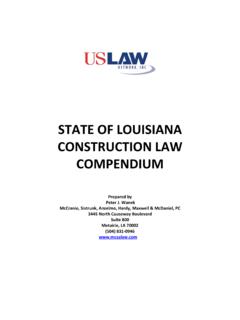
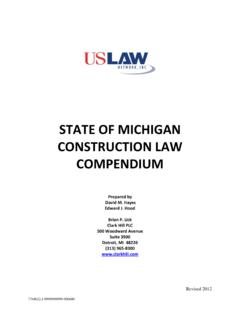
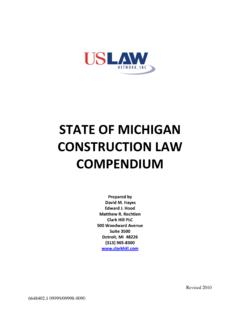
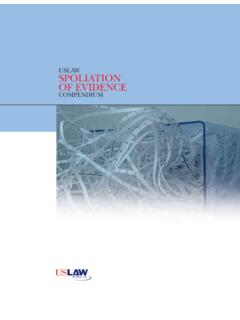
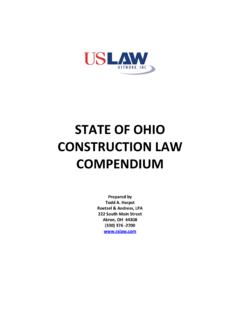
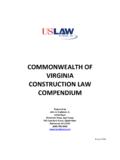
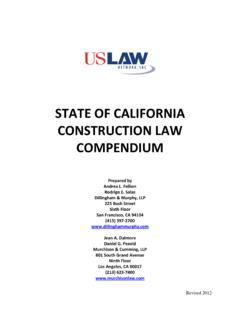
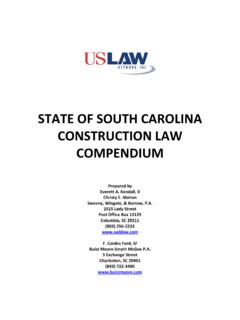
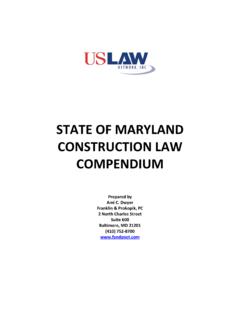
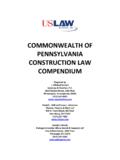

![CLAIMS THE KEY ESSENTIALS [ PART 1 ] - kpkqs.com](/cache/preview/5/b/7/9/c/5/e/1/thumb-5b79c5e12cfb7d73ac152a7099f25fbc.jpg)

